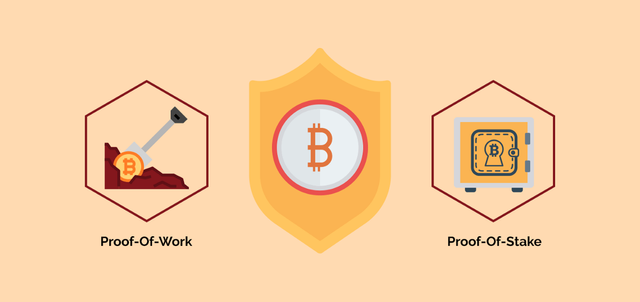
Description
A critical concept to be conversant in the blockchain is that of group consensus. this is often an easy concept which states that there are no thanks to knowing, with none room for doubt, what absolutely the truth is. Therefore, we assume the reality to be regardless of what the majority of participants agree on. an excellent example of this is a detective working to unravel a criminal offense. Imagine that we are that detective. at some point, the police chief asks us to research a bank robbery. Since we weren’t present when the bank was robbed, we don’t know the particular truth of what happened. However, as detectives, it’s our job to undertake to work out
what transpired. So, we do what any good detective would neutralize such a situation – we discover witnesses to the event and ask them what they observed. Imagine the subsequent – we query ten witnesses about the robbery. Eight out of these ten witnesses us one version of the event – that four robbers ran out of the bank, jumped into a red sedan, and drove away from the bank heading north. Two of our ten witnesses tell a way different story – that two robbers ran out of the bank, got into a white pickup, and drove far away from the bank heading south. Which version is that the truth? As an honest detectives, we’re likely to believe the version of the story told by the
majority of the participants. once you provide a suspect description we’ll presumably describe four
robbers during a red sedan head-in. This same principle is employed extensively during a blockchain – the reality is usually assumed to be regardless of the majority of participants agree.
How are Blocks “Chained” Together?
To link our sheets together we embed information from the previous sheet of paper into the new, recently validated sheet. In Blockchain, our sheet of paper is adequate to a block. The act of embedding a previous block of data into the present block of data is named chaining. Hence, the name Blockchain.
To chain blocks together today, all data during a block is run through a special function called a
“cryptographic hash”. Cryptographic hashes create a singular output or identifier for specific input.
Therefore, the hash of every block will always be unique based upon the inputs, and attempting to vary the data during a block will end in a hash or ID that not matches the first value recorded on the next block within the To link or chain blocks of knowledge together the header of the present block contains the hash of the last (validated) block. Changing the info on any block during a Blockchain will end in a totally different hash and the new hash won’t match the hash within the next block header thus breaking the Blockchain and invalidating all blocks linked to where the change was made. this provides Blockchain its property of immutability (can’t be changed) and makes it highly censorship-resistant. the peak of a block simply refers to the number of blocks on the chain after the one in question. Block height is an indicator of the safety of the info on the block; changing data in any block requires an attacker to vary every subsequent block. The more of these blocks an attacker must alter, the more difficult it becomes to tug off an attack.
For more details visit:https://www.technologiesinindustry4.com/2021/05/blockchain-group-consensus.html